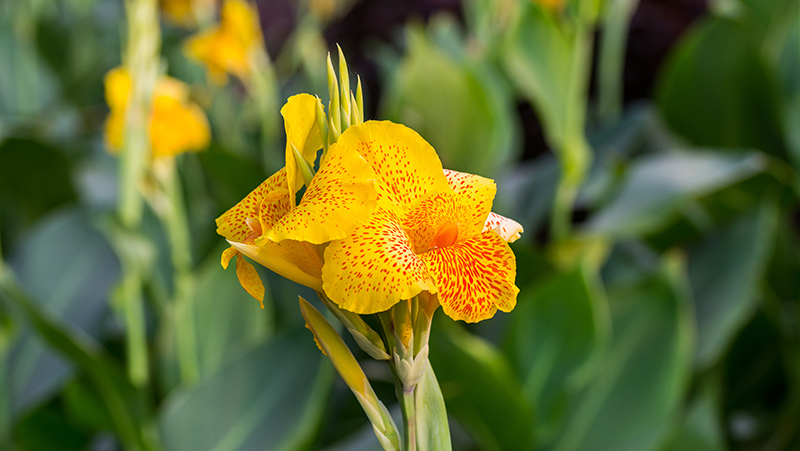Yates Account
Join now
Create a Yates account today!
Sign up to join the Yates Garden Club for monthly e-mails packed with seasonal inspiration, tips for success & exclusive promotions.
Plus if you’re a Garden Club member you can take part in the Yates Growing Community - a blog to share successes, get advice & win prizes in fun challenges along the way!

Forgot password
Enter the email address associated with your account, and we'll email you a new password.

When buying plants for the garden it’s tempting to just grab what looks good at the time. This sometimes works out, but if you’re after a plant for a difficult situation – such as heavy or boggy soil, salt spray and wind, or heavy shade – it’s worth doing a bit more research before making your purchase.
For seaside gardens
Hebe is an incredibly hardy shrub, which only needs a light trim after flowering to help keep it tidy. They can grow between 1m-2m tall, depending on the variety. Use them in a hedge, in containers or in rock gardens.
Coprosma is often called mirror bush because of its shiny leaves. Their reflective surface not only bounces light, it sheds the damaging salt that’s carried in on the sea breezes.
For shaded gardens
Clivea (Clivea miniata) forms handsome clumps of dark green strappy foliage, which contrast beautifully with the orange or pale yellow blooms in winter. Plant en masse under trees or use as edging plants in a shaded spot.
New Zealand renga renga lily (Arthropodium cirratum), forms clumps of grey-green, softly recurved leaves. Sprays of tiny white flowers stand high above the foliage through late spring and early summer.
Bird’s nest fern (Asplenium australasicum) forms a large, nest-shaped rosette of shiny, slightly leathery, pale-green radiating fronds. Its shallow root system makes it ideal for growing under trees.
For wet areas
Blechums are fabulous ferns that thrive in moist areas. They can grow into dense ground covers and offer a stunning textural and visual delight.
Cannas (pictured), with their showy, tropical-looking blooms, grow well in damp spots. Their moisture-filled leaves are reluctant to burn.













Share
Share this article on social media